Historic Walks Through Mount Pleasant and Spring City
Pioneer Towns and the "Plat of Zion"
While staying in Sterling, UT, we also visited two little rural American towns, Mount Pleasant and Spring City. Both towns have a classic square, grid street layout, which follows the “Plat of Zion” grid. This efficient design, formalized by early LDS pioneers, creates a clear, well-ordered look, which we saw everywhere.
Mount Pleasant, The Hub City's Commercial Rise
- Friday, April 9, 2021
- 1.24 mi
- 0:27:28 hrs
- 57 °F
Mount Pleasant developed as a commercial center. With the arrival of the railway in 1890, it became the largest city in Sanpete County, populated by a large number of Scandinavian settlers. It became known as the “Hub City” of the region. Mount Pleasant offers another wonderful glimpse into early American settlement life, with a collection of Victorian-era stone and brick buildings that still showcase the town’s prosperity following the arrival of the railroad.
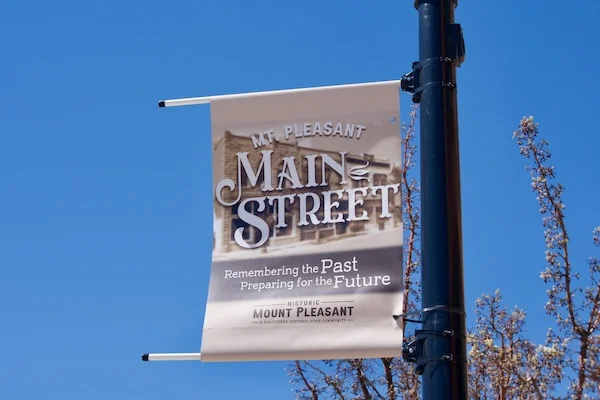
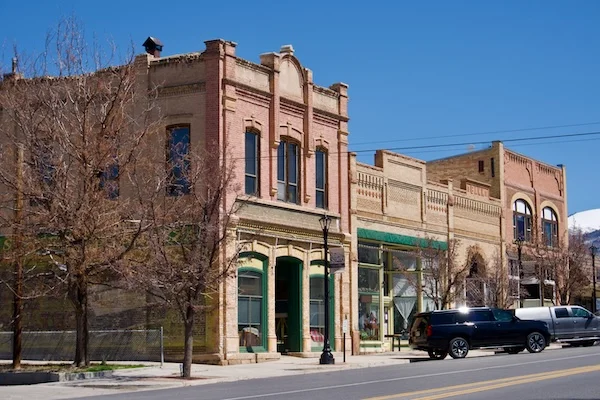


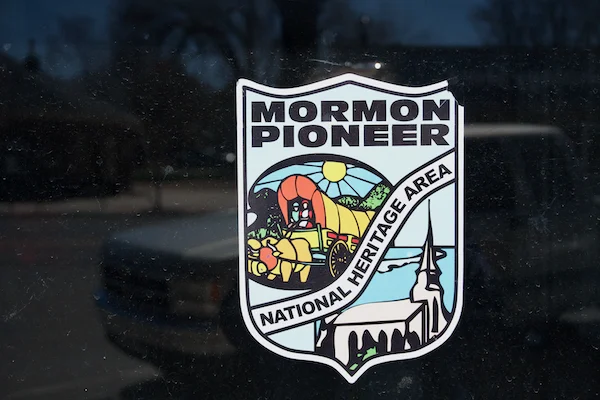
Spring City, America's Entire Historic District
- Friday, April 9, 2021
- 0.62 mi
- 15:42 min
- 59 °F
A short drive south from Mount Pleasant, Spring City is one of only two sites in the United States where the entire town is designated as a historic district on the U.S. National Register of Historic Places! Forbes magazine named Spring City, Utah, one of America’s prettiest towns. It felt like we were wandering through a 19th-century Pioneer Village with beautiful pioneer homes built from locally quarried limestone. Although Spring City remains a farm town, it has also evolved into a haven for artists over the past few decades.

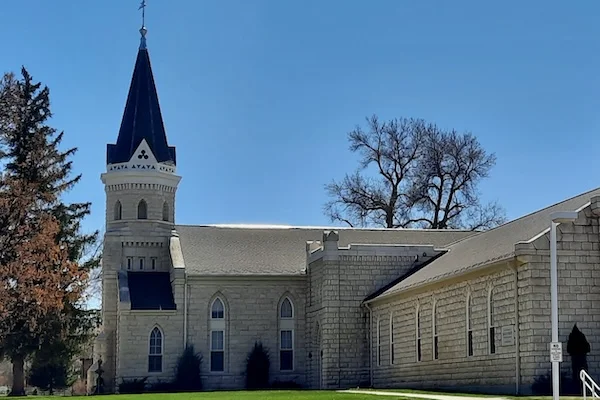

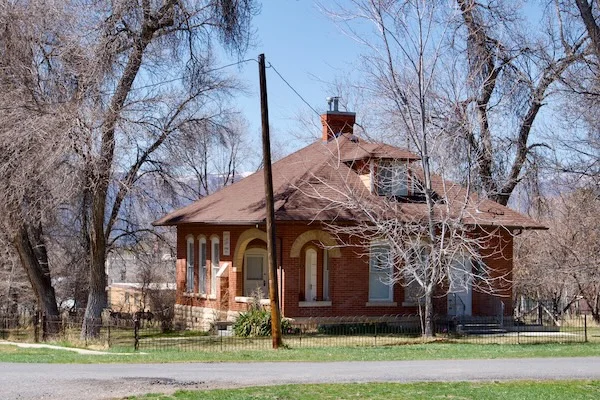
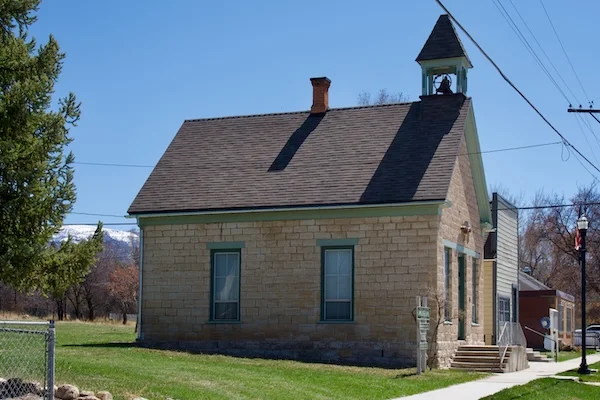
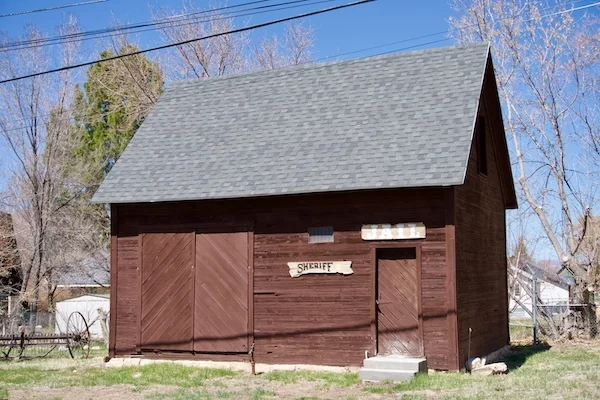
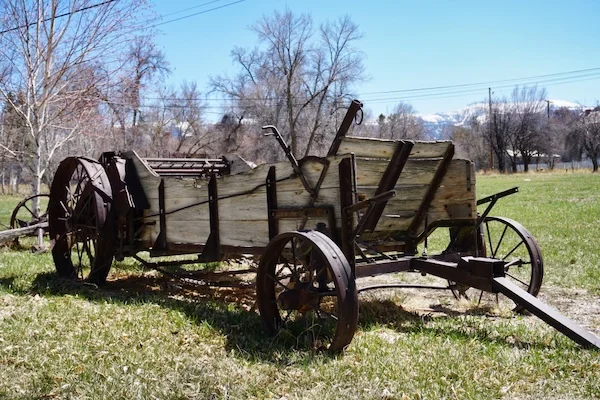


Coincidentally, we learned that both towns are supported by the Mormon Pioneer National Heritage Area (MPNHA), a federally designated entity that partners with the National Park Service (NPS). It is incredibly reassuring to know that the region’s significant history, majestic beauty, and unique cultural heritage will be protected and preserved on a national level for generations to come.
